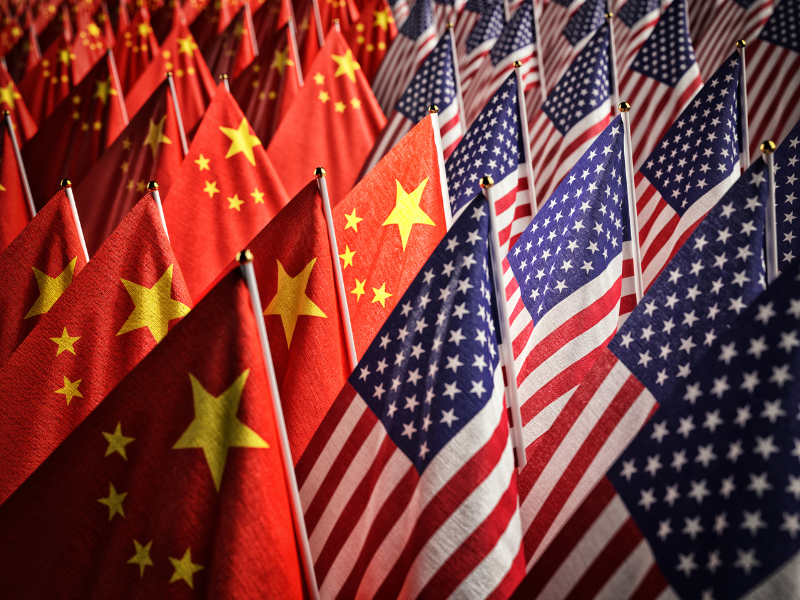On July 5, 2006 Ken Lay, the former CEO and chairman of Enron, died of a massive heart attack. It is not a stretch to assume that a contributing factor in his death was his conviction on May 25, 2006 of one count of conspiracy and two counts of wire fraud for making false statements to employees about Enron’s financial condition in September 2001, and three counts of securities fraud for misleading a credit rating agency.
On the same day, Judge Sim Lake in a bench trial found Lay guilty of one count of bank fraud and three counts of making false statements to banks pertaining to his personal finance.
Jeffrey Skilling was also convicted of conspiracy (one count), securities fraud (17 counts), and, interestingly, only one count (of 10) of insider trading.
Before turning to the insider trading conviction, it should be mentioned that five of the securities fraud counts have to do with understating, not overstating, the revenues from the trading of electricity in California during 2000 and 2001. The Federal Energy Regulatory Commission subsequently estimated Enron revenues in California during this period to be on the order of $1.6 to $1.8 billion. In 2005 the commission “approved a settlement” of $1.5 billion against Enron, claiming market manipulation.
The implication of these numbers is that Enron was profitable overall in 2001 because the hidden California gains were greater than the hidden losses. The obvious question is why hide good revenue and profit numbers? The answer is found in the politics of California.
The restructuring of the power industry in California was adopted in 1996 by the legislature without a single “no” vote and was characterized by three features.
- First, caps were imposed by the legislature on rates charged residential and small commercial customers that were 10 percent below levels determined to be “just and reasonable” by the California Public Utilities Commission.
- Second, the incumbent utilities were required to sell most of their power generating capacity to independent producers.
- Third, long-term contracts were abandoned and all transactions were forced into two spot markets (delivery day and day ahead). These features made the market dysfunctional, although this was not obvious right away.
In 1998 when electricity trading began, energy markets were depressed. Indeed, the world crude oil prices corrected for inflation were at historic lows. During periods when energy prices are depressed, spot prices are characteristically lower than contract prices. This meant that for a while the new market system was able to function tolerably well.
But by 2000 the energy markets tightened considerably both internationally and domestically. That pushed spot prices above contract prices, especially for electricity and also natural gas, which is the fuel used to generate electricity at the margin. Since the retail prices were being held down, there was no relief from the demand side. Tremendous pressure developed in the electricity spot markets and the traders, including those from Enron, saw an opportunity to capitalize on the market design flaws installed by the government and make a lot of money in the process.
The existence of Enron’s massive profits from California were suspected by the political leaders in the state, including Governor Gray Davis, Attorney General Bill Lockler, and many legislators, judging from their loud and very public complaints.
These same politicians were also calling for the Federal Energy Regulatory Commission to impose rate caps on the wholesale prices of electricity. The commission resisted political pressure until June 2001, when it relented and imposed a loose set of rate caps. The following month, July 2001, the commission announced it was launching an investigation on the trading profits and would calculate refunds. This put Enron’s multibillion-dollar profits at risk of being seized by the California authorities.
The threat of defaulting on the California trades not only reduced Enron’s expected profitability but also posed a serious threat to its basic business model. This over-the-counter market requires that Enron be the counterparty for all trades, essentially guaranteeing contract compliance while at the same time running “asset lite.” Traders call this picking up nickels in the path of a moving steam roller. In the Enron case, the commission’s steam roller won.
The sole count on insider trading against Jeffrey Skilling is as interesting a paradox as the supposed fraud of hiding “massive” gains and merely “large” losses, to quote the prosecution’s indictment. The prosecution tried to argue that large losses were being hidden in order to boost the Enron share price and to enrich Lay and Skilling.
But Lay was not accused of insider trading, and Skilling was convicted on only one count of insider trading. This one count involved a $15 million stock sale of 500,000 shares on September 17, 2001. The other nine trades for which Skilling was found not guilty amounted to $47.6 million, more than three times as much as the one count for which he was found guilty. According to the May 26, 2006 Wall Street Journal, Skilling claimed “only days after Enron’s bankruptcy filing, that he made the sale only because of concerns about the general economy following the September 11 terrorist attacks. Prosecutors discovered that Skilling had attempted to sell 200,000 Enron shares a few days before those attacks. They used that fact to pound his credibility. “Mr. Skilling used our nation’s tragedy to cover his tracks,” prosecutor Sean Bercowitz told the jury in his closing argument. “That’s offensive and you shouldn’t let him get away with it. ” It appears to us that the jury convicted Skilling of lying and being unpatriotic rather than making a lot of money on insider trading.
Further confirming that opinion is the estimate of how much Lay and Skilling left on the table before Enron collapsed. According to the February 6, 2006 issue of Business Week, Lay and Skilling had substantial unrealized equity holdings at the end of 2000. Lay’s was $545 million and Skilling’s was $144 million. Why would they put that much money at risk by engaging in insider trading, which promised a smaller return?
Indeed, when the gains and losses for Skilling are added up, it raises a question about what constitutes fraud. While there is a murky body of law and an even murkier public understanding, fraud generally involves a false statement and an expectation of benefit to the perpetrator. Financial fraud must be associated with a gain. Otherwise, why would the perpetrator engage in a deception?
This is especially true of Jeffrey Skilling. It seems to us that he would not knowingly sacrifice a huge legal gain for a smaller illegal gain. Skilling is accused of a lot of things, but being dumb about making financial tradeoffs is not one of them.
We are left with two convictions that are devoid of any gain to the perpetrators and illogical to the extreme. The real culprit, in our opinion, is the political establishment in California, primarily Democrats, who were intent on punishing a friend of President George W. Bush and his father. While the California Democrats have escaped unscathed, except for ex-governor Davis, the energy trading system is impaired and corporate accounting is now in chaos. It remains to be seen if these institutions will recover any time soon.
At the end of the day, when the successes and mistakes are tallied for Ken Lay and Jeffrey Skilling, we predict the result on balance will be positive. Perhaps the biggest contribution was to provide risk management of natural gas prices for producers and industrial consumers. Enron operated the over-the-counter market for a year until the exchange-traded futures and options contracts were offered on the New York Mercantile Exchange in 1990. Those futures contracts are now among the most liquid in the world.
The electricity markets established for California are no longer traded. However, there is a market in the PJM (Pennsylvania, New Jersey, Maryland) region and an auction is to be established soon in Illinois. In the meantime, natural gas contracts serve as a hedging vehicle because gas is the fuel used at the margin to generate electricity.
Enron’s failed broadband joint venture with Blockbuster was intended to bring video on demand. This now exists on cable and is similar to the iPod offered by Apple Computer. This latter system is a masterful accommodation to copyrighted music and video programming where artists are compensated.
Weather derivatives started by Enron and Koch Industries in 1996 for a swap in the following year have evolved into an exchange-traded contract offered by the Chicago Mercantile Exchange. Futures and options contracts based on temperatures in 18 U.S., nine European, and two Asia-Pacific cities are now traded in this market.
Finally, the establishment of a robust water market by Enron failed. However, much was learned from the effort and there is optimism about another try.
We fervently hope that Ken Lay and Jeffrey Skilling will be remembered for their extraordinary contributions, rather than their politically inspired prosecution.
Paul Fisher is partner at the law firm of McGuire Woods LLC and Jim Johnston is an economist retired from the Amoco Corporation. Both are unpaid directors of The Heartland Institute, and neither has any connection with the Enron case.



